
Customer Segmentation Analytics: 5 Reasons It's Critical

par
Aleksa Mitrovic
14 oct. 2024
Identifiez et convertissez vos utilisateurs les plus importants
Créer un compte
Understanding your customers isn't just nice to have – it's essential for survival and growth. Enter customer segmentation analytics: a powerful approach that's revolutionizing how SaaS companies engage with their users, develop products, and drive long-term success. Let's dive deep into this game-changing strategy.
What is Customer Segmentation?

At its core, customer segmentation is the process of dividing your customer base into distinct groups based on shared characteristics, behaviors, or needs. In the SaaS world, this goes far beyond simple demographics. It involves leveraging the wealth of data you have about how customers interact with your product to create meaningful, actionable segments.
Customer segmentation analytics takes this a step further. It's not just about creating static groups; it's an ongoing process of collecting, analyzing, and interpreting data to gain deep insights into your customer base. This data-driven approach allows you to make informed decisions about everything from product development to marketing strategies.
Why Customer Segmentation Analytics is Essential for SaaS
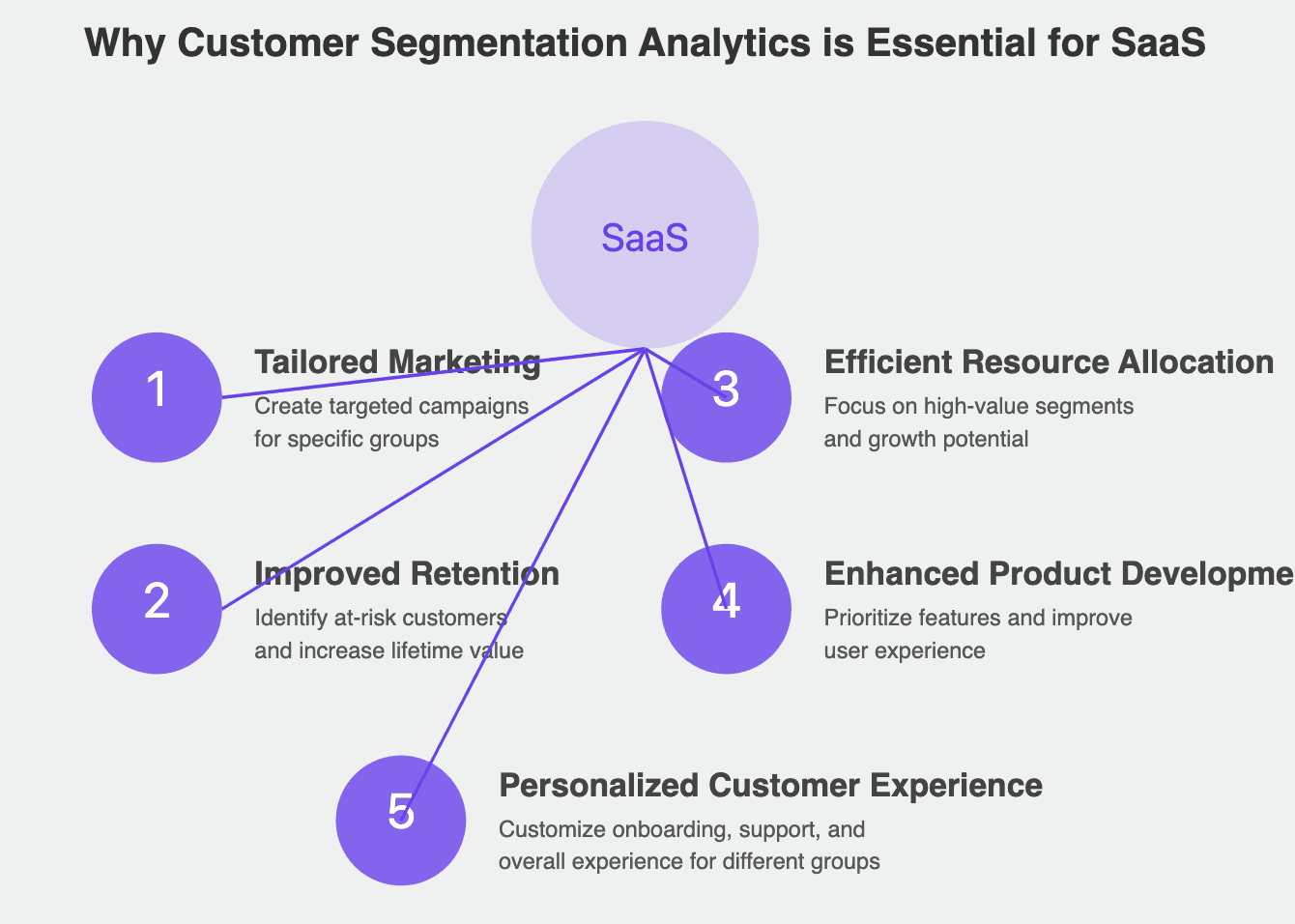
The SaaS model thrives on long-term customer relationships. Unlike traditional software, where the sale is the end goal, SaaS companies need to continuously deliver value to retain subscribers. This is where customer segmentation analytics becomes invaluable:
Tailored Marketing: By understanding different customer segments, you can create highly targeted marketing campaigns that resonate with specific groups. This leads to higher conversion rates and more efficient use of marketing budgets.
Improved Retention: Segmentation allows you to identify at-risk customers early and take proactive measures to keep them engaged. You can also pinpoint your most valuable customers and develop strategies to increase their lifetime value.
Efficient Resource Allocation: With clear insights into which customer segments are most profitable or have the highest growth potential, you can allocate your resources more effectively. This might mean focusing development efforts on features that matter most to high-value segments.
Enhanced Product Development: Understanding how different segments use your product helps prioritize feature development and user experience improvements that will have the biggest impact.
Personalized Customer Experience: Segmentation enables you to provide customized experiences, from onboarding to support, that meet the specific needs of different user groups.
Types of Segmentation Analytics

Effective customer segmentation in SaaS often involves a combination of different approaches:
Demographic Segmentation: This includes basic information like age, gender, location, and job title. While useful, demographic data alone is often not enough for SaaS companies to gain actionable insights.
Behavioral Segmentation: This is where SaaS companies can really shine. By analyzing how customers interact with your product, you can create powerful segments based on:
Feature usage patterns
Engagement levels (e.g., daily active users vs. occasional users)
Time to value (how quickly users realize the benefits of your product)
Upgrade or downgrade behavior
Psychographic Segmentation: This involves grouping customers based on their attitudes, values, and interests. In SaaS, this might translate to understanding a user's goals for using your product or their level of technical expertise.
Firmographic Segmentation: For B2B SaaS companies, this is crucial. It involves segmenting based on company characteristics such as:
Industry
Company size
Annual revenue
Technology stack
How to Use Analytics for Personalization
Once you've identified meaningful segments, the next step is to use these insights to create personalized experiences:
Customized Product Experiences: Use segmentation data to tailor the user interface or feature set for different groups. For example, you might simplify the interface for less tech-savvy users while providing advanced features for power users.
Targeted Onboarding: Create onboarding flows that address the specific needs and goals of different segments. A small business owner will likely need a different onboarding experience than an enterprise user.
Personalized Marketing: Use segmentation data to craft email campaigns, in-app messages, and other marketing materials that speak directly to each group's needs and pain points.
Tailored Support: Provide different levels or types of support based on segment needs. High-value customers might receive priority support, while self-serve resources could be emphasized for segments that prefer independence.
Dynamic Pricing: Adjust pricing strategies or offer tailored plans based on the willingness to pay and feature needs of different segments.
Tools for Customer Segmentation Analytics
Several powerful tools can help SaaS companies implement effective segmentation strategies:
Hyperaktiv.ai: Offers advanced customer segmentation capabilities, allowing you to analyze user behavior, create targeted campaigns, and optimize your product based on detailed user insights.
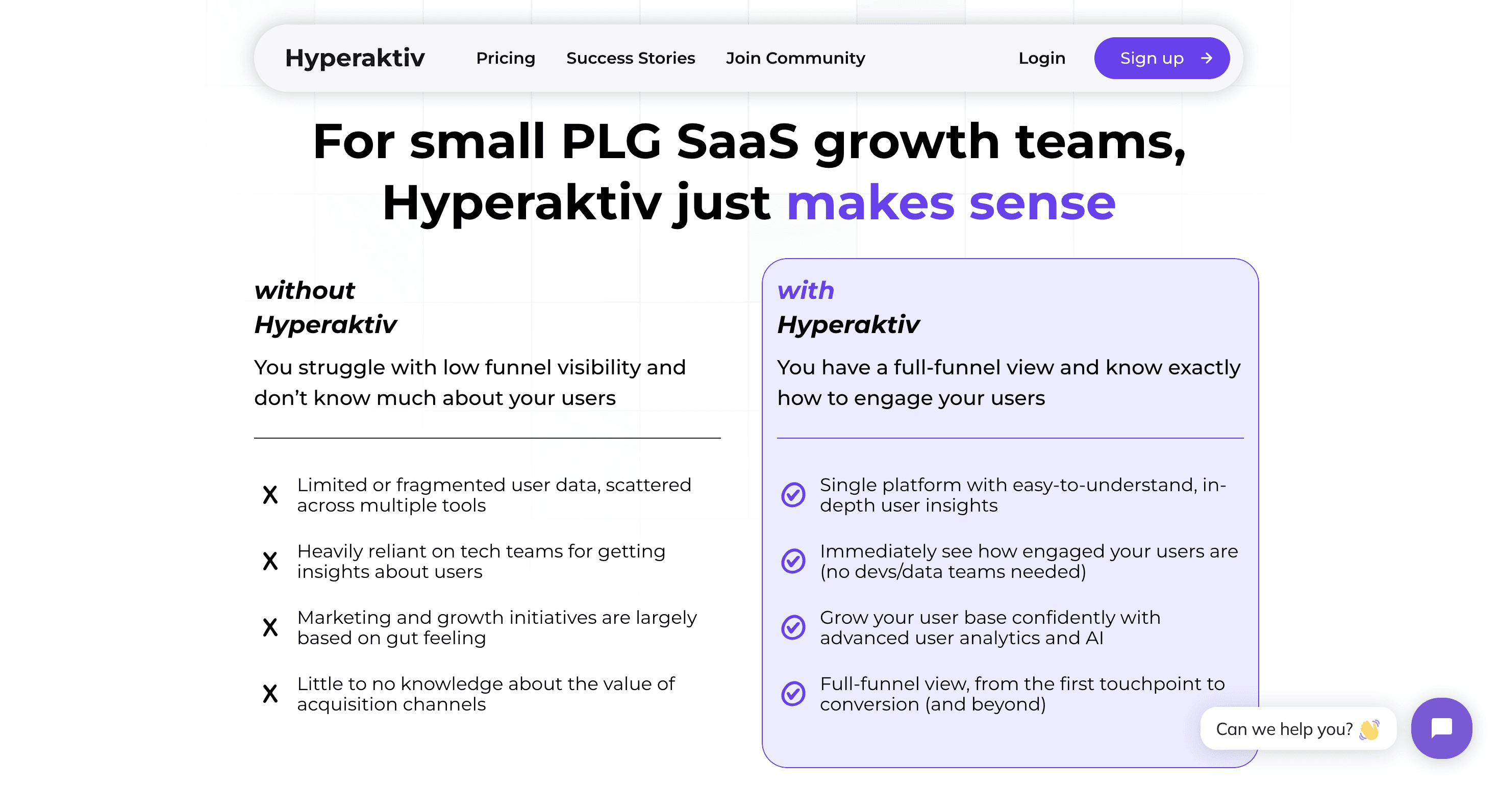
Amplitude: Offers deep behavioral analytics and user segmentation capabilities, allowing you to track and analyze customer actions in real-time.
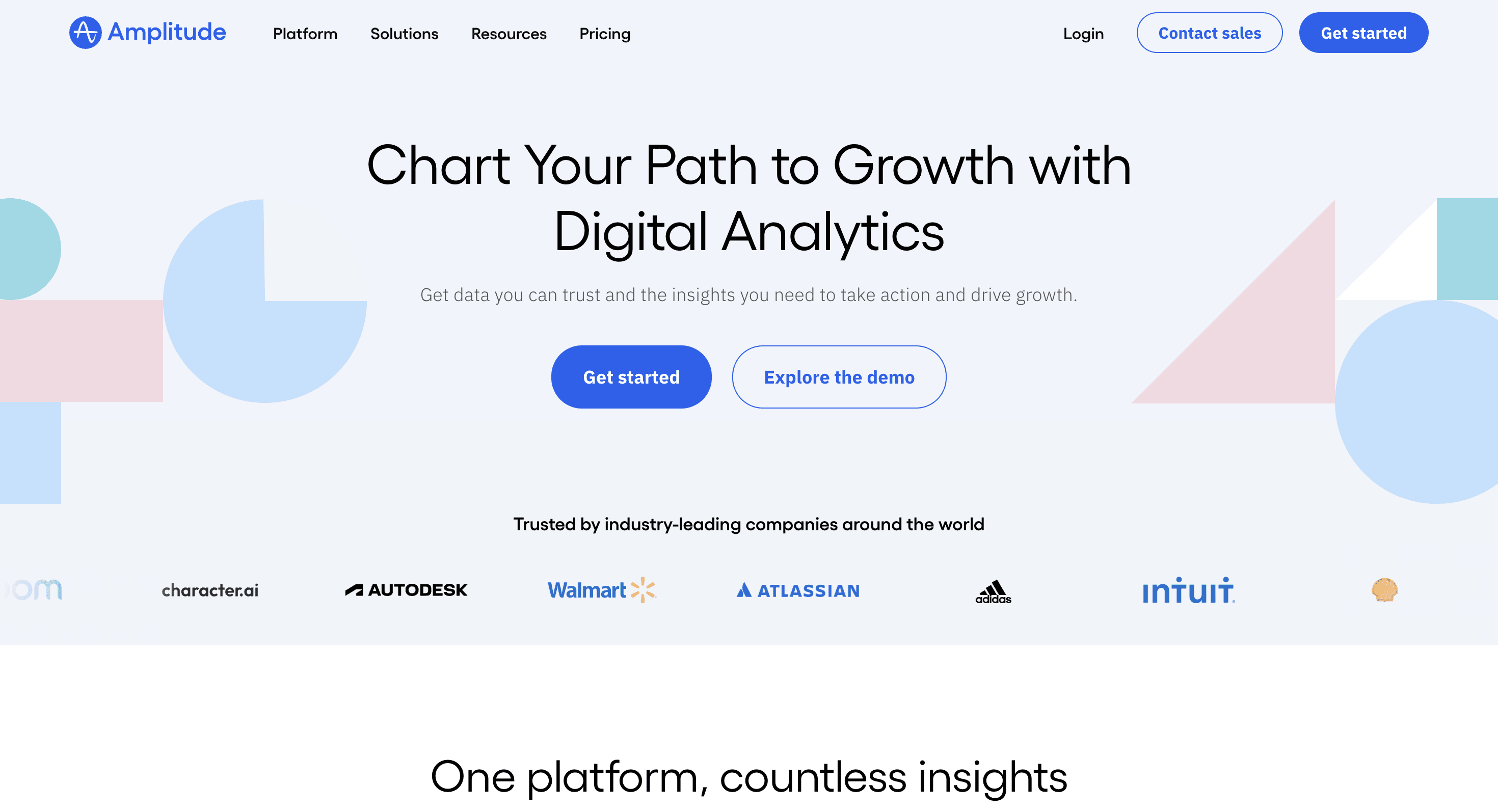
Mixpanel: Provides robust event tracking and cohort analysis, helping you understand how different user segments interact with your product over time.
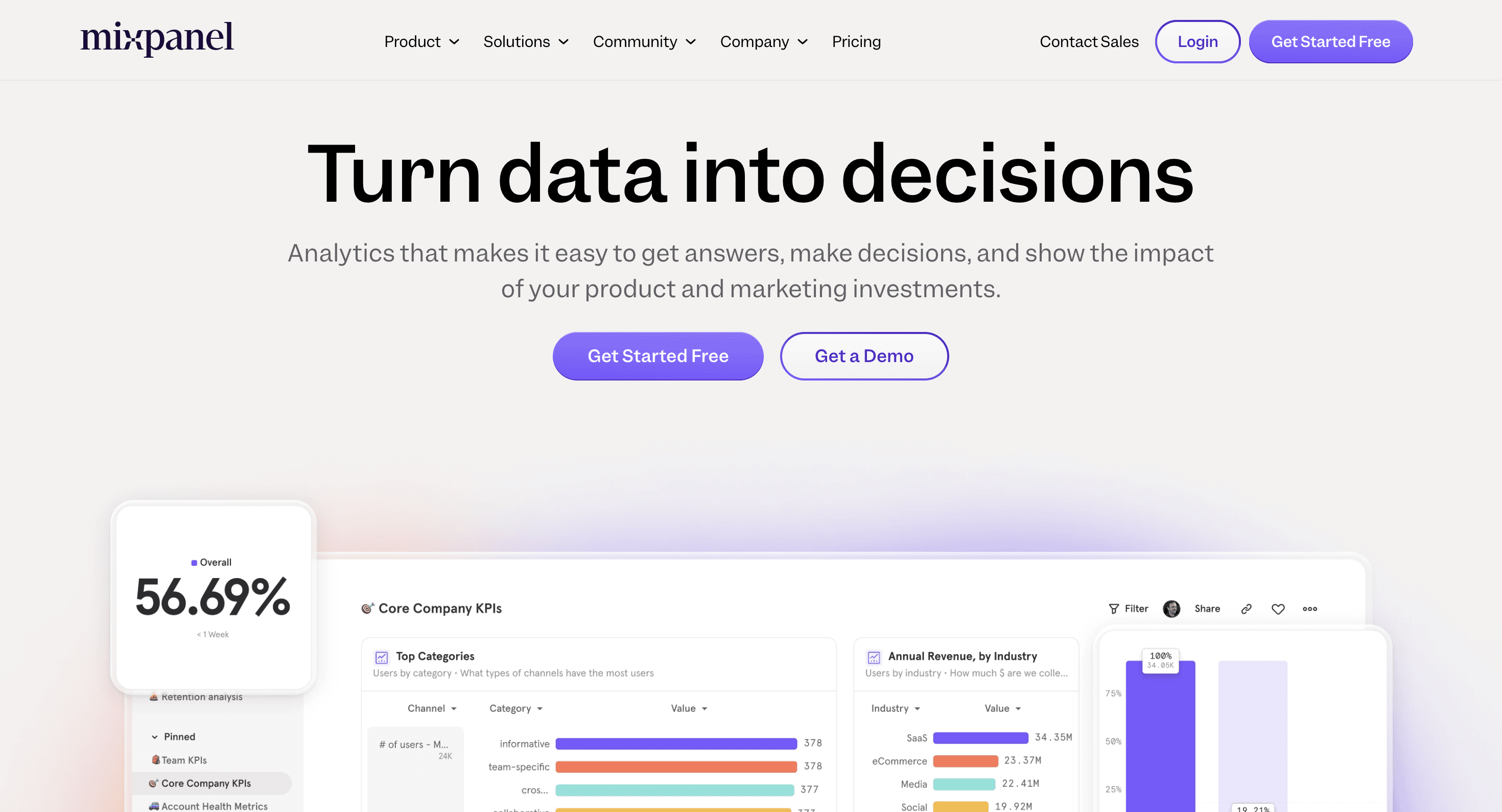
4. HubSpot: While primarily known for its CRM capabilities, HubSpot also offers powerful segmentation tools that can integrate marketing, sales, and product usage data.
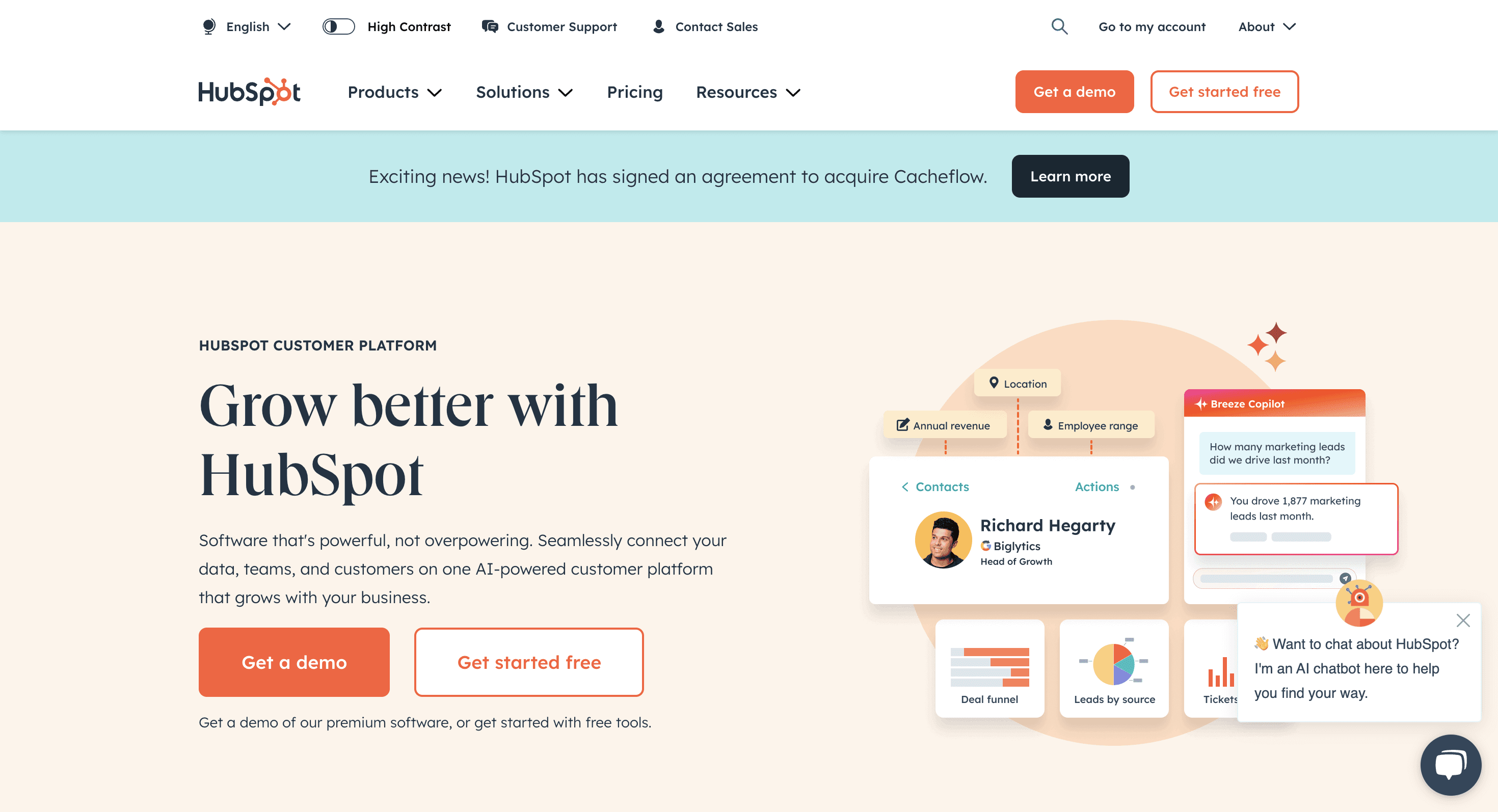
Segment: Acts as a customer data platform, allowing you to collect, clean, and control customer data from various sources for comprehensive segmentation.
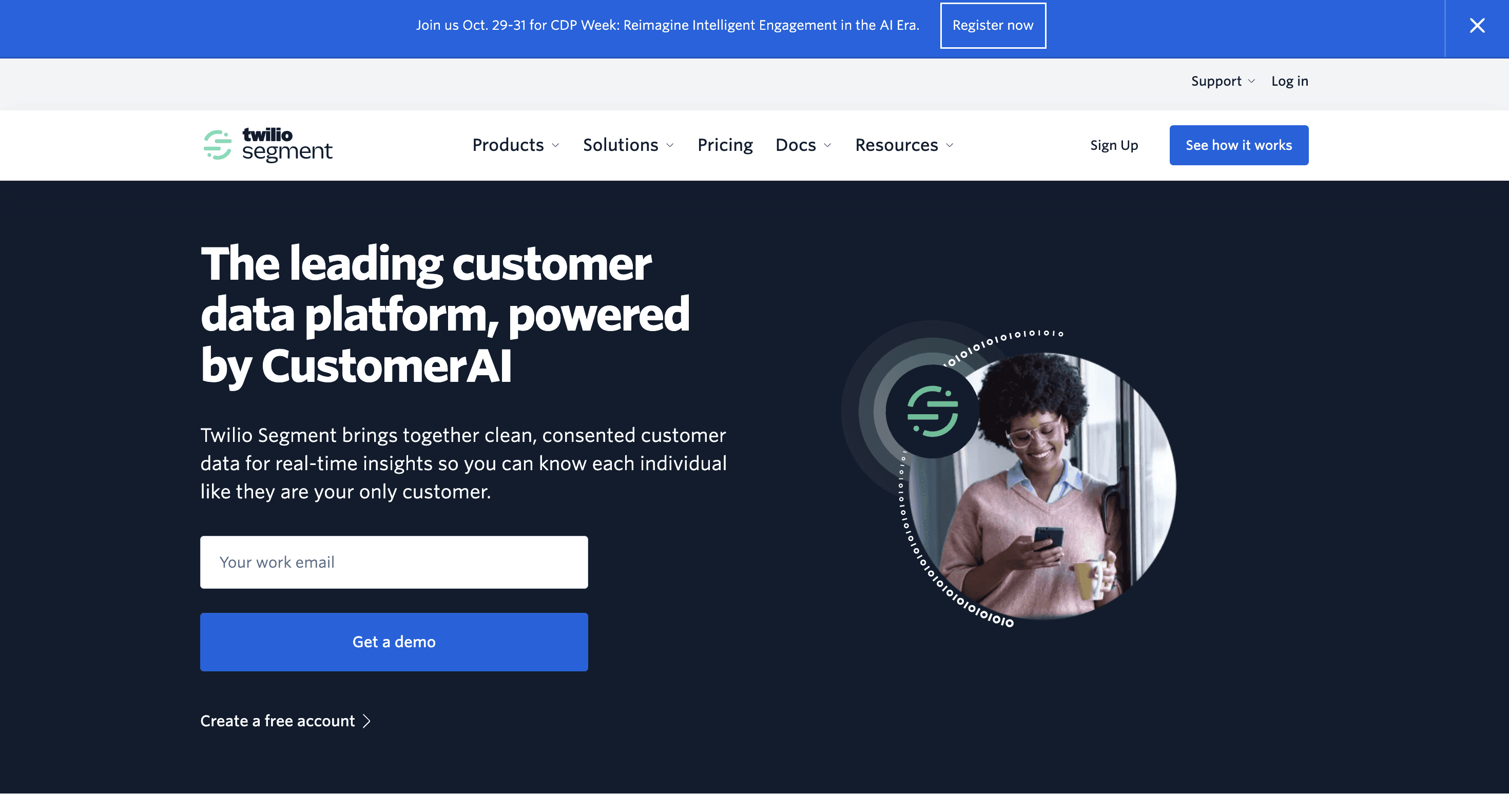
Segmentation-Driven Product Strategy
Customer segmentation analytics should be at the heart of your product strategy:
1. Feature Prioritization: Use segment data to prioritize features that will have the biggest impact on your most valuable or fastest-growing segments.
2. Onboarding Optimization: Analyze how different segments move through your onboarding process to identify and address pain points specific to each group.
3. Pricing Strategy: Develop tiered pricing plans or add-on features based on the needs and willingness to pay of different segments.
Churn Prediction: Identify common behaviors or characteristics of segments with high churn rates and develop retention strategies tailored to these groups.
Upsell Opportunities: Recognize patterns in segments that tend to upgrade, and use these insights to encourage similar behavior in other groups.
Real-Life Examples of Success
While specific case studies can be challenging to find due to the sensitive nature of this data, here are a couple of examples that demonstrate the power of customer segmentation in SaaS:
Dropbox: By segmenting users based on storage usage and collaboration patterns, Dropbox was able to identify which features were most valued by different user groups. This led to the development of Dropbox Business, tailored specifically for team collaboration, resulting in significant revenue growth from this segment.
HubSpot: The company used behavioral segmentation to identify users who were most likely to upgrade from their free tools to paid plans. By targeting these segments with personalized onboarding and education, HubSpot was able to increase their conversion rates and customer lifetime value.
Slack: Through careful analysis of user behavior, Slack identified segments of users who were power users of integrations. This insight drove their strategy to expand their app ecosystem, leading to increased engagement and stickiness among these valuable users.
In conclusion, customer segmentation analytics is not just a nice-to-have for SaaS companies – it's a critical tool for driving growth, improving retention, and staying competitive in a crowded market. By leveraging the right tools and strategies to understand and act on customer segments, SaaS businesses can create more value for their users and, in turn, accelerate their own success.




